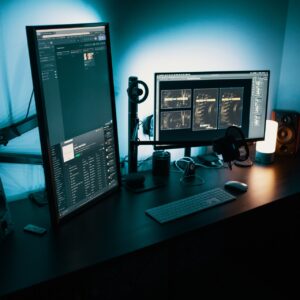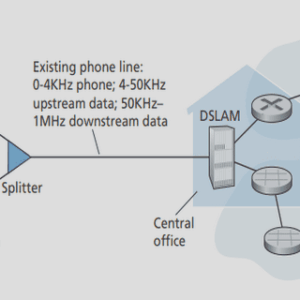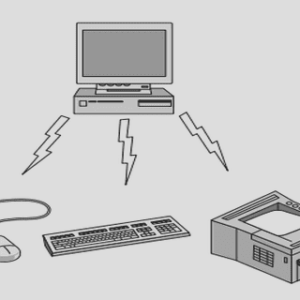(Downloads - 0)
For more info about our services contact : help@bestpfe.com
Table of contents
General Introduction
Chapter I Photoconductive switches and its applications
I/1. Photoconductive devices
I/1.1. Photoswitch dynamics
I/1.2. Photoconductors for THz generation
I/2. Photoswitch evolution
I/2.1. GaAs devices
I/2.2. InxGax-1As devices
I/2.3. Techniques to improve the quantum efficiency
I/3. Photoswitch as a frequency mixer
I/3.1. Fundamentals of mixing
I/3.2. Mixing properties
I/3.3. Mixing with pulsed LO
I/3.3.a Undersampling
I/3.4. Electronic mixers
I/3.5. Photonic aided mixers
I/3.5.a Photonic mixers
I/3.5.b Optoelectronic mixers
I/4. Photoswitch as a sampler
I/4.1. Sampling fundamentals
I/4.2. Analog-to-Digital converter challenges
I/4.3. Photonic Analog-to-Digital Converter types
I/5. Mode-locked lasers
I/6. Outline and Goals of the Thesis
Chapter II InGaAs photoconductive switch
II/1. The photoswitch samples
II/1.1. Switch fabrication
II/1.2. Characterisation setup
II/2. Electrical Characterization
II/2.1. Coplanar waveguide simulation
II/2.2. Photoswitch RF response in the dark state
II/2.3. Dark resistance in DC
II/2.4. Photoswitch equivalent circuit model
II/2.5. Improving the equivalent circuit model
II/2.6. U-I characterization
II/3. Optoelectronic characterization
II/3.1. Measurement setup
II/3.2. Dispersion of laser pulses
II/3.3. Photoswitch response with sampling oscilloscope
II/3.4. Measurement with opto-electronic autocorrelation
II/3.4.a Simulation of the autocorrelation curve
II/3.4.b Measurement setup
II/3.4.c Typical measurement result
II/3.4.d Measurement corrections
II/3.4.e Curve fitting
II/4. Conclusions on Chapter II
Chapter III Semiconductor mode-locked laser stabilization
III/1. Semiconductor mode-locked laser
III/1.1. MLL samples used in this work
III/1.2. Laser setup
III/1.3. Laser optical properties
III/1.4. Optical pulse characterization
III/1.5. MLL heterodyning on a photodiode
III/1.6. Phase noise of the electrical beating signal
III/1.7. Origins of phase noise
III/2. MLL stabilization
III/2.1. External direct modulation
III/2.2. All optical feedback – single loop setup
III/2.2.a Principles of stabilization
III/2.2.b Stabilization setup
III/2.2.c Stabilization results
III/2.3. All optical feedback – dual loop setup
III/3. Stabilization summary
III/4. Conclusions on Chapter III
Chapter IV Photoswitch as an optoelectronic mixer
IV/1. Heterodyne mixer of narrowband signals
IV/1.1. Setup design
IV/1.2. Conversion loss
IV/1.2.a Discussion about the high conversion losses
IV/1.3. Heterodyning of two DFB lasers
IV/1.3.a Conversion loss
IV/1.3.b Simulation of the conversion loss
IV/1.3.c System characterization
IV/1.3.d Heterodyne detection results
IV/2. Optoelectronic mixer for data-stream downconversion
IV/2.1. QPSK modulation format for the data-stream
IV/2.2. Data-stream demodulation – EVM and BER
IV/2.3. Optically provided local oscillator – MLL
IV/2.4. Optically provided local oscillator – DFB laser
IV/2.5. Electrically provided local oscillator
IV/3. Study of switch non-linearities
IV/4. Applications of the optoelectronic mixer schemes
IV/5. Conclusions of Chapter IV
General conclusions
References
Publications
APPENDIX
APPENDIX A : Numerical model of the photoswitch
APPENDIX B : Chromatic dispersion in optical fibres
APPENDIX C : Chromatic dispersion measurement and compensation




